Weathering or Corten steel needs a specific type of electrode for the welding process. Weather-resistant steel belongs to the group of low-carbon steels. These steels contain alloying elements such as copper, chromium, silicon, and phosphorus mixed with carbon and iron atoms. Weather-resistant steel refers to a kind of steel alloy with excellent yield strength. Its chemical composition makes it highly resistant to corrosion caused by weather and atmospheric conditions such as wind and humidity. A varnish-like protective layer of oxide (iron oxide or rust) is formed on its surface, called "patina", which makes it resistant to corrosion. Rust forms only on the outer surface. This surface layer prevents rust from penetrating deep into the weathering steel and thus protects against corrosion. Weather-resistant steel is also known as Corten steel. It was trademarked cor-Ten originally in the US. Steel was developed and patented. Cor-Ten gets its name from two words - corrosion resistance and tensile strength. However, the American Society for Testing and Materials (ASTM) later standardized it as a product. Corten steel is used for both practical and aesthetic reasons in the following areas:
- Engineering projects
- Architectural projects
- Construction of buildings and bridges
- Outdoor sculptures
- Sea transport
- Ceiling and walls
- Bicycle tires
- Planter
- Tree trunks
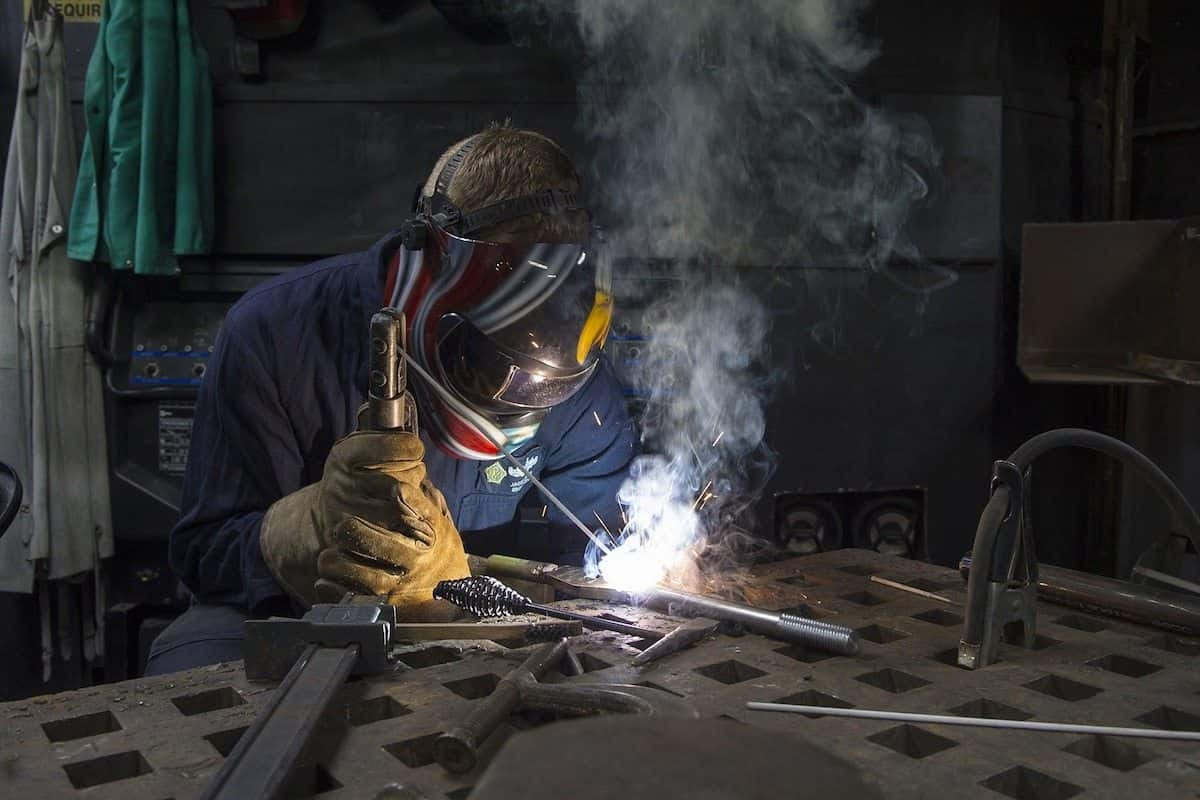 Welding Corten steel can be a little tricky, but with the right preparation, it's easily possible. For heavy plate metal, the first step is to preheat the metal. This helps prevent corrosion or cracking during the welding process. When the metal is hot, you can start welding. Be sure to use a gas lens to protect the weld from the air when welding with TIG. Corten steel can be welded with conventional SMAW electrodes/rods or TIG-MIG flux-cored wire. Below are the recommended consumables for welding Corten steel using electrode welding, TIG welding, MIG welding, and FCAW welding. These welding rods and consumables are suitable for welding ASTM A242, ASTM A606, AST A588, and ASTM A847 materials. Welding of Corten steel with a welding rod (SMAW): E7018, E7018-W1, E8018-W2. Welding of Corten steel with TIG MIG filler wire: ER70S-2, ER70S-6, ER80S-Ni1. Welding of Corten steel with FCAW: E71-T1C, E81T1-Ni1C, E 80T-W. Corten Weathering (SMAW) Rod Steel Welding Corten steel is a weather-resistant steel that develops a stable rust patina when exposed to the elements. It is often used in outdoor sculpture and architecture. Corten steel can be welded using the SMAW (Stick) welding process. The most common electrode for welding Corten steel is E7018. This electrode provides medium to deep penetration welding with good mechanical properties. It can be used in all positions but is most commonly used in flat and horizontal positions.
Welding Corten steel can be a little tricky, but with the right preparation, it's easily possible. For heavy plate metal, the first step is to preheat the metal. This helps prevent corrosion or cracking during the welding process. When the metal is hot, you can start welding. Be sure to use a gas lens to protect the weld from the air when welding with TIG. Corten steel can be welded with conventional SMAW electrodes/rods or TIG-MIG flux-cored wire. Below are the recommended consumables for welding Corten steel using electrode welding, TIG welding, MIG welding, and FCAW welding. These welding rods and consumables are suitable for welding ASTM A242, ASTM A606, AST A588, and ASTM A847 materials. Welding of Corten steel with a welding rod (SMAW): E7018, E7018-W1, E8018-W2. Welding of Corten steel with TIG MIG filler wire: ER70S-2, ER70S-6, ER80S-Ni1. Welding of Corten steel with FCAW: E71-T1C, E81T1-Ni1C, E 80T-W. Corten Weathering (SMAW) Rod Steel Welding Corten steel is a weather-resistant steel that develops a stable rust patina when exposed to the elements. It is often used in outdoor sculpture and architecture. Corten steel can be welded using the SMAW (Stick) welding process. The most common electrode for welding Corten steel is E7018. This electrode provides medium to deep penetration welding with good mechanical properties. It can be used in all positions but is most commonly used in flat and horizontal positions.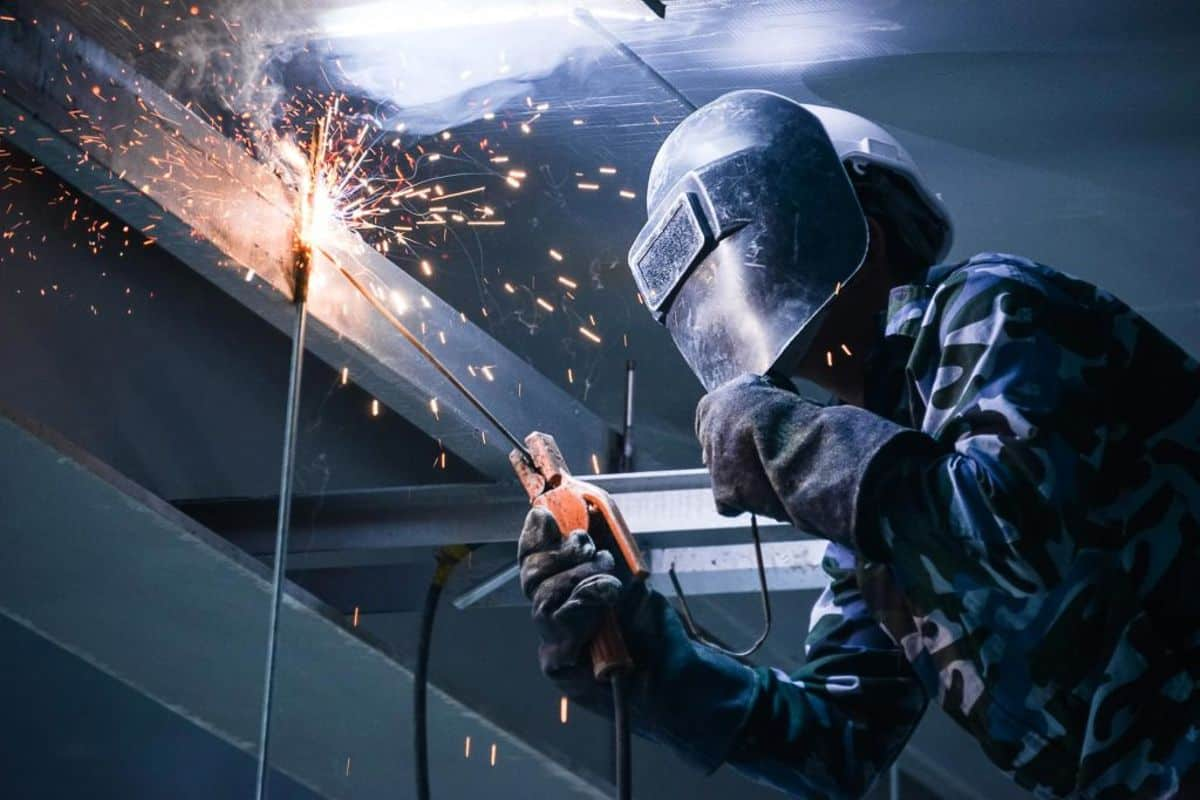 E7018-W1 and E7018-W2 are welding electrodes specially designed for Corten steel. It has a higher weld metal than E7018 resulting in improved corrosion resistance. It can also be used in all positions, but is most commonly used in flat and horizontal positions. Welding Corten Steel to Mild Steel Corten steel seamlessly welds to structural steel. For welding Corten steel to mild steel, use MMA type E7018 or E7018-W1, E8018-W2. TIG or MIG welding can be done with ER70S-2, ER70S-6, and ER80S-Ni1. Welding Stainless Steel to Corten Steel Welding Corten steel to stainless steel is a process that joins two different types of steel together. Corten steel is weather-resistant steel that looks like rust on the surface when exposed to the elements. Stainless steel is a type of steel that does not corrode and is used in many food and medical applications. When welding these two types of steel, it is important to use a filler metal that has the same corrosion resistance as stainless steel. A solder with low corrosion resistance can corrode Corten steel and fail prematurely. To properly weld Corten steel to mild steel, use E309L electrode wire or ER309L TIG-MIG cored wire. For Corten steel material, preheating is required only if the material is thick. Welding with low heat input and thus preventing strong dilution when welding stainless steel materials. Before welding, the seams must be cleaned of all contaminants. This can be done with a wire brush or sander to remove paint, grease, or dirt from the surfaces to be welded. TIG-MIG welding of Corten steel Welding Corten steel can be tricky, but with the right techniques, it can be a great way to add strength and weather resistance to your project. TIG welding is a great alternative to Corten welding as it produces clean and strong welds.
E7018-W1 and E7018-W2 are welding electrodes specially designed for Corten steel. It has a higher weld metal than E7018 resulting in improved corrosion resistance. It can also be used in all positions, but is most commonly used in flat and horizontal positions. Welding Corten Steel to Mild Steel Corten steel seamlessly welds to structural steel. For welding Corten steel to mild steel, use MMA type E7018 or E7018-W1, E8018-W2. TIG or MIG welding can be done with ER70S-2, ER70S-6, and ER80S-Ni1. Welding Stainless Steel to Corten Steel Welding Corten steel to stainless steel is a process that joins two different types of steel together. Corten steel is weather-resistant steel that looks like rust on the surface when exposed to the elements. Stainless steel is a type of steel that does not corrode and is used in many food and medical applications. When welding these two types of steel, it is important to use a filler metal that has the same corrosion resistance as stainless steel. A solder with low corrosion resistance can corrode Corten steel and fail prematurely. To properly weld Corten steel to mild steel, use E309L electrode wire or ER309L TIG-MIG cored wire. For Corten steel material, preheating is required only if the material is thick. Welding with low heat input and thus preventing strong dilution when welding stainless steel materials. Before welding, the seams must be cleaned of all contaminants. This can be done with a wire brush or sander to remove paint, grease, or dirt from the surfaces to be welded. TIG-MIG welding of Corten steel Welding Corten steel can be tricky, but with the right techniques, it can be a great way to add strength and weather resistance to your project. TIG welding is a great alternative to Corten welding as it produces clean and strong welds.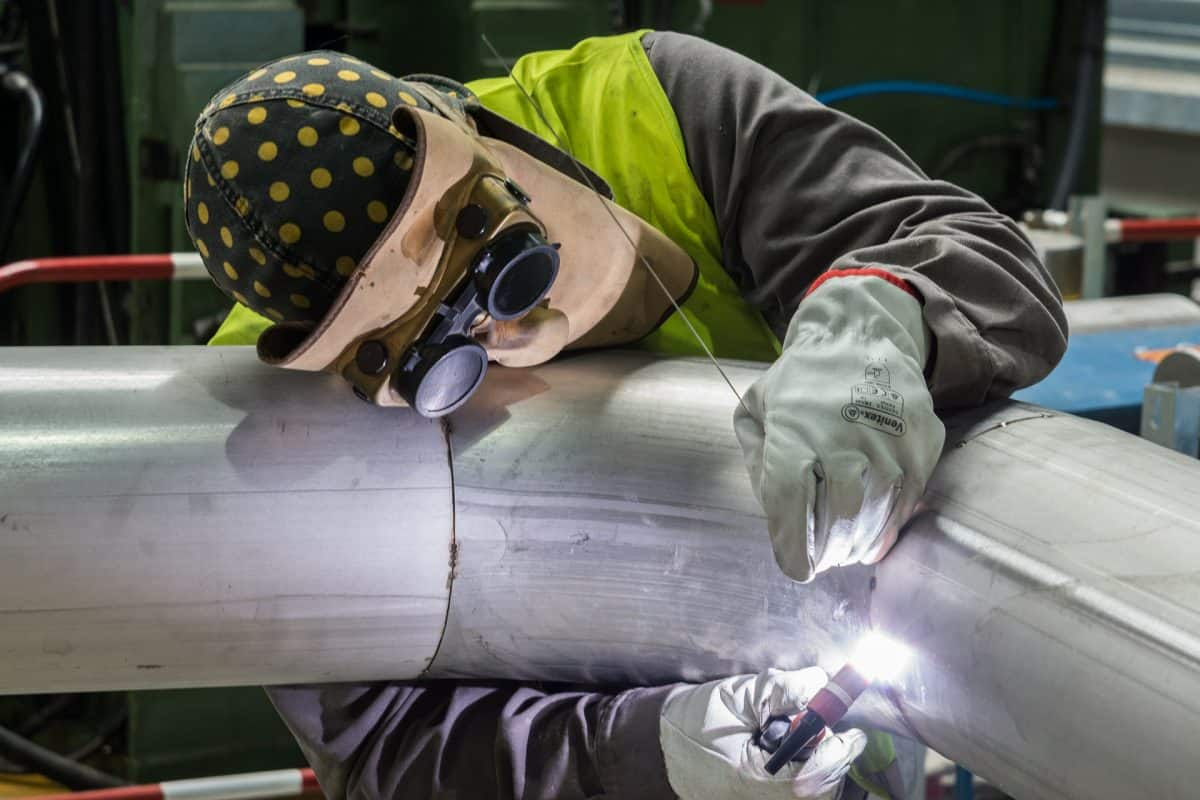 Welding Corten steel is slightly different from welding other types of steel. To get the best results, it is important to use the correct type of welding wire and set up the machine correctly. Some welders prefer to use 7018 filler wire when welding Corten steel. This is a good choice for most applications, but it's always a good idea to do some testing before starting welding on an important project.
Welding Corten steel is slightly different from welding other types of steel. To get the best results, it is important to use the correct type of welding wire and set up the machine correctly. Some welders prefer to use 7018 filler wire when welding Corten steel. This is a good choice for most applications, but it's always a good idea to do some testing before starting welding on an important project.
- Steel welding electrode
Welding is the strongest way to join metal to metal like steel metal using a welding rod or electrode. It is a method of joining or bonding joining base metals and deposited filler metal by melting and fusing two pieces of identical metals (blanks). Welding can be carried out without the use of filler metal, for example, using only thermal energy. The blanks are welded to each other using high heat, which allows both the parts and the filler metal (rod/wire) to melt on cooling to form a strong bond. Arc welding consists of a low voltage, the high current arc between an electrode (also known as filler metal or metal) and the workpiece (base metal). The intense heat generated by this arc melts the base metal and allows the two components to be joined. The characteristics of the metal to be welded and the type of joint. determine the welding parameters and process that must be followed to obtain a proper weld.  Arc welding electrodes play an important role in most technical applications such as steel making. They are one of the most commonly used materials in many building, automotive, and sometimes even domestic applications. They support the high-temperature welding arc and form the base material for welded joints or melting operations for metal melting. Metal welding electrodes are used for various welding applications, including arc welding. In manual metal arc welding (sometimes called arc welding), the electrode consists of a rod and a coating material. Welding electrodes are installed in the welding head to stay in contact and in contact with the workpiece during the welding schedule. Rod electrodes can melt, that is, become part of the weld. Stick welding electrodes vary in size, material, thickness, welding conditions, iron powder in flux, and soft arc applications. The size of the electrode (2.5 mm, 3.2 mm, 4.0 mm, and 5 mm, etc.) indicates the diameter of the core of the rod. Each electrode has a certain current limit. Welding current increases with electrode size (diameter). Electrodes are usually made in lengths from 250 mm to 450 mm. Welding electrodes play three different roles during welding, namely: maintaining a constant current density, focusing the current at the welding points, and maintaining heat balance during welding. Typically, the alloy in the rod is the same as the material being welded. It consists of a material whose structure is similar to the metal being welded. There are many factors that go into choosing the right electrode for an application. Shielded metal arc welding (SMAW) consumes rod electrodes; HOUR. They become part of the weld, while Tungsten Inert Gas (TIG) electrodes are not consumable as they do not melt and become part of the weld, requiring the use of a welding rod.
Arc welding electrodes play an important role in most technical applications such as steel making. They are one of the most commonly used materials in many building, automotive, and sometimes even domestic applications. They support the high-temperature welding arc and form the base material for welded joints or melting operations for metal melting. Metal welding electrodes are used for various welding applications, including arc welding. In manual metal arc welding (sometimes called arc welding), the electrode consists of a rod and a coating material. Welding electrodes are installed in the welding head to stay in contact and in contact with the workpiece during the welding schedule. Rod electrodes can melt, that is, become part of the weld. Stick welding electrodes vary in size, material, thickness, welding conditions, iron powder in flux, and soft arc applications. The size of the electrode (2.5 mm, 3.2 mm, 4.0 mm, and 5 mm, etc.) indicates the diameter of the core of the rod. Each electrode has a certain current limit. Welding current increases with electrode size (diameter). Electrodes are usually made in lengths from 250 mm to 450 mm. Welding electrodes play three different roles during welding, namely: maintaining a constant current density, focusing the current at the welding points, and maintaining heat balance during welding. Typically, the alloy in the rod is the same as the material being welded. It consists of a material whose structure is similar to the metal being welded. There are many factors that go into choosing the right electrode for an application. Shielded metal arc welding (SMAW) consumes rod electrodes; HOUR. They become part of the weld, while Tungsten Inert Gas (TIG) electrodes are not consumable as they do not melt and become part of the weld, requiring the use of a welding rod.  The metal electrode for inert gas welding (MIG) is a continuous-feed wire called MIG wire. Electrode selection is important for ease of cleaning, weld strength, bead quality, and minimal spatter. Welding electrodes are used in the arc welding process where an electric current flows between the electrode and base metal and the arc generates enough heat to melt both the electrode and the base metal. This method uses a flux-coated electrode. The electrode holder holds electrodes that slowly melt. As the flux melts, slag forms, protecting the weld pool from atmospheric contamination. Some electrodes can only be used with AC (AC) or DC (DC) power sources, while other electrodes are compatible with both types of power sources. If the arc welding electrode has a low melting point, it will melt and fill the gap in the workpiece. Such electrodes are called consumable electrodes. In arc welding, to make a deep seam, the consumable electrode is connected to the positive terminal of the power source, i.e. HOUR. It is made in the form of an anode, and the workpiece is connected to the negative terminal of the power source, i.e. HOUR. This becomes the cathode. The welding electrode is usually made from steel with the desired metal composition and is available in a variety of thicknesses to match the thickness and properties of the base metal. The electrode consists of a metal rod coated with the same structure as the base metal. The electrodes are mainly divided into five main groups, namely low carbon steel used for most welding work, medium and high carbon steel, low and high alloy steel (including stainless steel), cast iron, and non-ferrous metals such as aluminum, copper, and brass. In order to ensure that the structure and properties of the wire or rod of different manufacturers are consistent, specifications have been developed that allow you to easily and unambiguously identify the wire or rod by assigning a “classification” to the consumable. common.
The metal electrode for inert gas welding (MIG) is a continuous-feed wire called MIG wire. Electrode selection is important for ease of cleaning, weld strength, bead quality, and minimal spatter. Welding electrodes are used in the arc welding process where an electric current flows between the electrode and base metal and the arc generates enough heat to melt both the electrode and the base metal. This method uses a flux-coated electrode. The electrode holder holds electrodes that slowly melt. As the flux melts, slag forms, protecting the weld pool from atmospheric contamination. Some electrodes can only be used with AC (AC) or DC (DC) power sources, while other electrodes are compatible with both types of power sources. If the arc welding electrode has a low melting point, it will melt and fill the gap in the workpiece. Such electrodes are called consumable electrodes. In arc welding, to make a deep seam, the consumable electrode is connected to the positive terminal of the power source, i.e. HOUR. It is made in the form of an anode, and the workpiece is connected to the negative terminal of the power source, i.e. HOUR. This becomes the cathode. The welding electrode is usually made from steel with the desired metal composition and is available in a variety of thicknesses to match the thickness and properties of the base metal. The electrode consists of a metal rod coated with the same structure as the base metal. The electrodes are mainly divided into five main groups, namely low carbon steel used for most welding work, medium and high carbon steel, low and high alloy steel (including stainless steel), cast iron, and non-ferrous metals such as aluminum, copper, and brass. In order to ensure that the structure and properties of the wire or rod of different manufacturers are consistent, specifications have been developed that allow you to easily and unambiguously identify the wire or rod by assigning a “classification” to the consumable. common.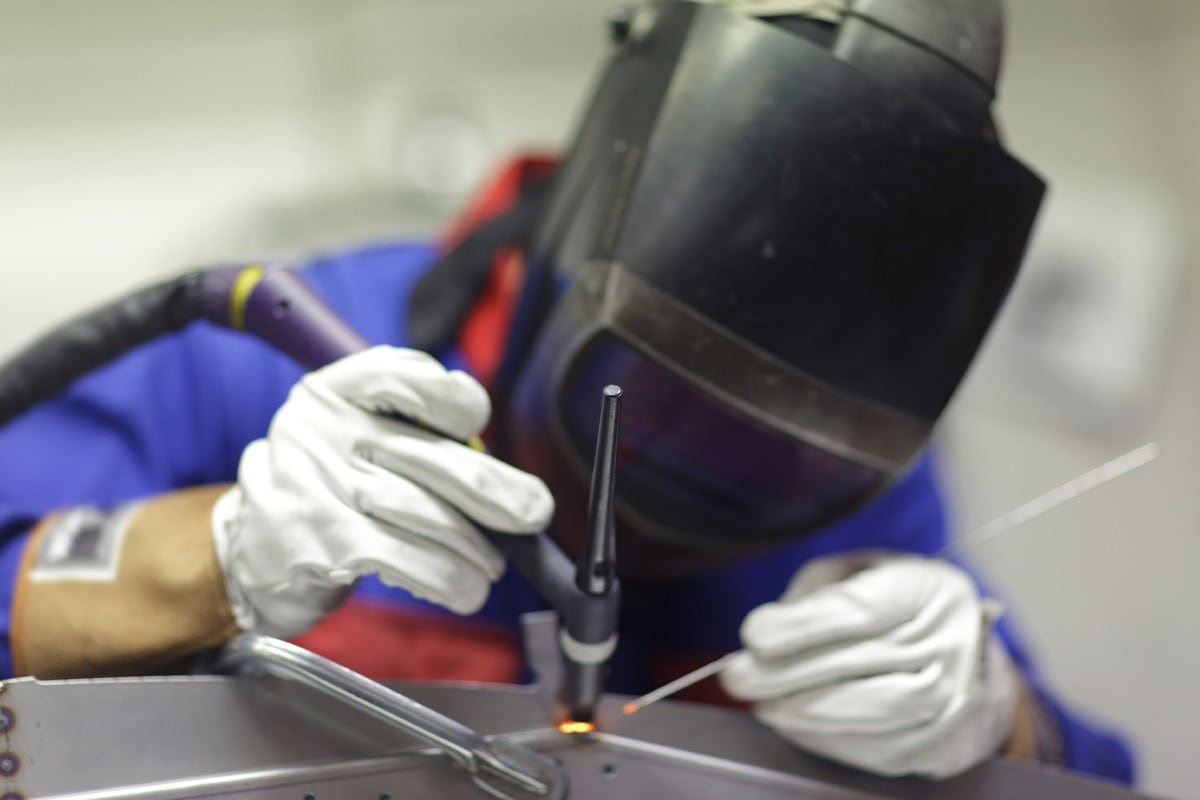 There are many specifications covering the full range of ferrous and non-ferrous filler metals. The two most popular plans are the AWS (American Welding Society) scheme and the EN/ISO method. The identification of solid wire/rods is relatively easy as the chemical composition is the main variable, although the AWS and EN/ISO specifications detail the strength expected from the entire weld made using the given parameters. However, it should be noted that most welds contain some parent metal and the welding parameters used in production may differ from those used in testing. This causes the mechanical properties of the weld to be significantly different from those specified by the wire/rod supplier, so a process proficiency check should always be performed when strength is concerned. The mechanical properties listed in the full designation also include yield strength (classification in EN/ISO specifications can mean either yield strength or tensile strength). There are electrodes used to connect steel, alloy steel, etc. They are also often used to repair machinery and equipment. Many cast iron parts and worn steel parts can be restored by metal deposition during the arc welding process. For special applications, these electrodes are used to create a hard surface layer with good wear resistance, such as a hard surface coating. Mild steel coated electrodes, also commonly referred to as coated electrodes, consist of only two main elements; Flux coated core or rod. SMAW, also known as stick welding, is the most common process. The arc is ignited between the metal to be welded and the flux-coated consumable electrode. Fluxes coat the hot weld metal and protect it from the environment. The solid glassy product, slag, should be removed by peeling or with a wire brush. This process uses a consumable electrode to support the arc. Shielding is achieved by melting the outer flux coating on the electrode.
There are many specifications covering the full range of ferrous and non-ferrous filler metals. The two most popular plans are the AWS (American Welding Society) scheme and the EN/ISO method. The identification of solid wire/rods is relatively easy as the chemical composition is the main variable, although the AWS and EN/ISO specifications detail the strength expected from the entire weld made using the given parameters. However, it should be noted that most welds contain some parent metal and the welding parameters used in production may differ from those used in testing. This causes the mechanical properties of the weld to be significantly different from those specified by the wire/rod supplier, so a process proficiency check should always be performed when strength is concerned. The mechanical properties listed in the full designation also include yield strength (classification in EN/ISO specifications can mean either yield strength or tensile strength). There are electrodes used to connect steel, alloy steel, etc. They are also often used to repair machinery and equipment. Many cast iron parts and worn steel parts can be restored by metal deposition during the arc welding process. For special applications, these electrodes are used to create a hard surface layer with good wear resistance, such as a hard surface coating. Mild steel coated electrodes, also commonly referred to as coated electrodes, consist of only two main elements; Flux coated core or rod. SMAW, also known as stick welding, is the most common process. The arc is ignited between the metal to be welded and the flux-coated consumable electrode. Fluxes coat the hot weld metal and protect it from the environment. The solid glassy product, slag, should be removed by peeling or with a wire brush. This process uses a consumable electrode to support the arc. Shielding is achieved by melting the outer flux coating on the electrode. 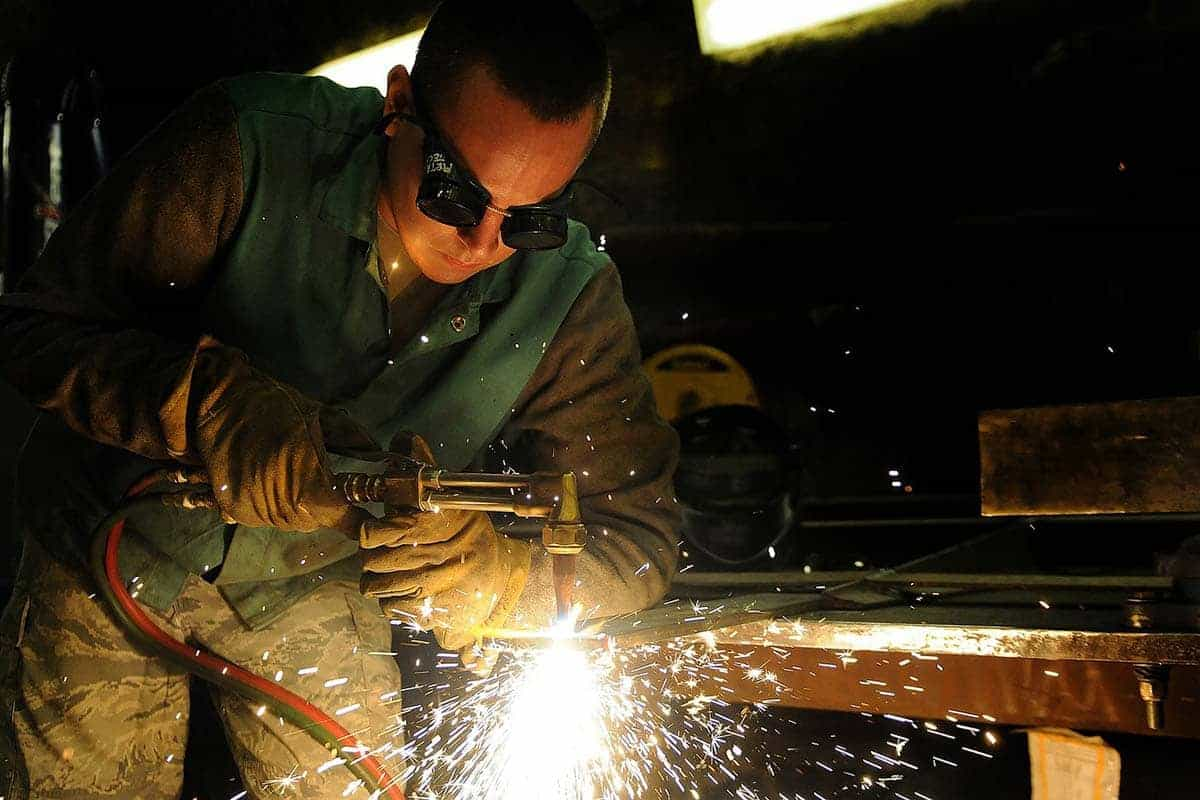 The filler material is obtained from the core of the electrode. There are different types of stick electrodes, each with different mechanical properties and working with a specific type of welding power source. There are several factors to consider when choosing an electrode. These include parent metal properties, tensile strength, welding current, parent metal thickness, and shape and fit to the joint, weld position, specifications, and operating conditions, and included.) working environment conditions. To avoid cracks or other welds, the minimum tensile strength of the electrode must match that of the base material. The electrodes are usually coated with a chemical compound called flux that melts with the base wire during welding to protect the welded joint from oxidation. In some cases, alloying elements may be introduced into the weld using a flux to improve certain properties of the base metals. The value of the flux in the electrode cannot be overestimated, since it shields the weld pool from atmospheric oxygen or nitrogen, which adversely affect the strength and chemical and physical properties of welded joints.
The filler material is obtained from the core of the electrode. There are different types of stick electrodes, each with different mechanical properties and working with a specific type of welding power source. There are several factors to consider when choosing an electrode. These include parent metal properties, tensile strength, welding current, parent metal thickness, and shape and fit to the joint, weld position, specifications, and operating conditions, and included.) working environment conditions. To avoid cracks or other welds, the minimum tensile strength of the electrode must match that of the base material. The electrodes are usually coated with a chemical compound called flux that melts with the base wire during welding to protect the welded joint from oxidation. In some cases, alloying elements may be introduced into the weld using a flux to improve certain properties of the base metals. The value of the flux in the electrode cannot be overestimated, since it shields the weld pool from atmospheric oxygen or nitrogen, which adversely affect the strength and chemical and physical properties of welded joints.
